SYNDROME OF TIRED TANKLES IN CATS
Опубліковано
23.12.2022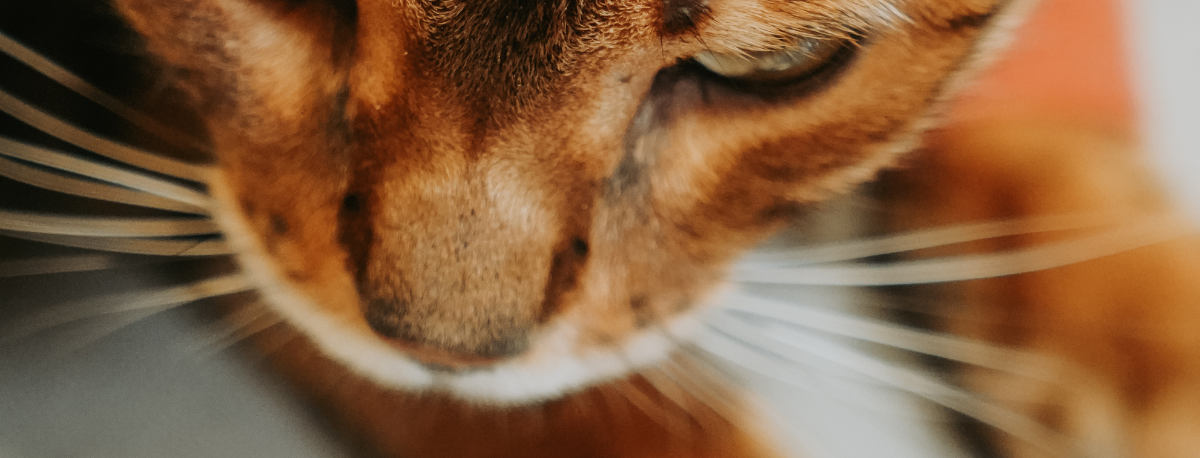
SYNDROME OF TIRED TANKLES IN CATS
Cats are unique animals. Their ability to navigate in space, hear the slightest rustle, and control their bodies while jumping is fascinating.
Most people know or guess that whiskers (vibrissae), among other things, play an important role in these skills.
Vibrissae are a special type of stiff, thick hair. In cats they are located on the muzzle, above the eyes, on the paws. They are exposed to the slightest movement of air around the cat, which leads to irritation of the sensitive nerve endings in the hair follicle of such a hair. Therefore, vibrissae, as antennas, help the cat to find out how close he is to an obstacle, whether someone is moving near him. The information a cat gets from its vibrissae helps it figure out even the shape of its prey's body and choose the best place to bite.
The structure of vibrissae is similar to that of normal hair. The hair follicle of the vibrissae has special cavernous sinuses, which can fill with blood or empty depending on the contraction of the hair-lifting muscle and depending on the external action on the hair. The targeted filling of these sinuses with blood helps the animal move the whiskers.
The whiskers are also used by cats to communicate. They are directed: forward during friendly contact or fan during exploration of an object, backward during agonistic behavior
The position of the whiskers is taken into account by veterinarians when assessing the intensity of acute pain in cats. There are even mobile apps specifically designed for this purpose.
The vibrissae are particularly sensitive: on the one hand, the swelling of the venous sinuses transmits vibrations or deformations of the vibrissae to the nerve fibers; on the other hand, the muscle fibers can move the whiskers to allow better exploration of the environment. The connections of the vibrissae to the nervous system are extremely complex (For example, the neural connections of the vibrissae look like this - Fig.). This is what allows cats to get a huge amount of information about their environment with their help.
However, this high sensitivity has a negative side. Excessively frequent and strong stimuli, which register vibrissae, may lead to appearance of foci of pathological excitation in brain areas, which receive information from antennae. A consequence of this may be the unpleasant feelings of the cat when touching the antennae, up to the refusal to feed.
Some "cat moms and catatas" have noted that the cat only eats food from the center of the bowl, or refuses to eat if the bowl is not filled to the brim. It is believed that the reason for this may lie precisely in the avoidance of touching the vibrium to the wall of the bowl. Such behavioral changes in cats have even got a special name - "tired whiskers syndrome".
Fatigue is a temporary reduction in the performance of the body or organ due to intensive or prolonged work.
Tired antennae syndrome is called excessive stimulation of the sensitive vibrissae system. Its most common symptoms are:
Refusal to eat and drink from a familiar bowl
The cat walks around the bowl and meows as if something is wrong
The cat tries to get food or water out of the bowl with his paw
The cat becomes aggressive around food or treats if they are offered without a bowl.
So how can you help your cat in this situation? It is advisable to use wide, shallow bowls for food and water, and to avoid careless touching of the whiskers. Manufacturers of modern pet care products are already aware of such cat peculiarities and offer bowls of appropriate shape and size, as well as special mats for licking food from them. Puzzle feeders (puzzle feeders) can also be a good alternative.
However, if you have considered all of the cat's utensil requirements and food whims, and the cat is still behaving at the bowl differently than usual, consult your veterinarian. There are many diseases that can have similar symptoms.
Схожі статті

Effect of castration on the animal
Among the positive changes that occur after castration are that the animals become less aggressive, more friendly with each other, and there is no need to divide the territory.
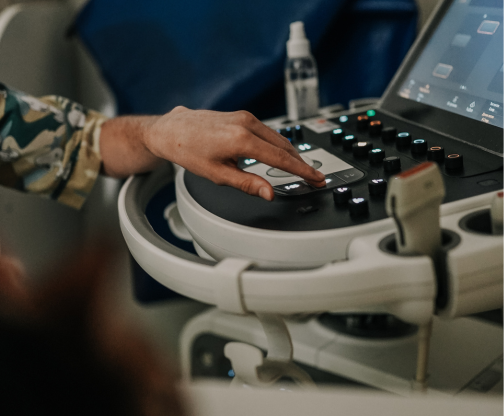
Preparation for ultrasound examination (ultrasound)
It is important to remember that proper preparation of the animal can significantly facilitate the abdominal ultrasound process. By performing this procedure, the doctor can detect possible problems in time and provide proper treatment. High-tech ultrasound is one of the ways to quickly and informatively diagnose and ensure a long and healthy life for our pets.

WHY ARE DOCTORS NOT ALL-POWERFUL?
A good doctor is worth its weight in gold. Everyone understands this and can spend years looking for the best one, and when they find one, they will expect miracles.
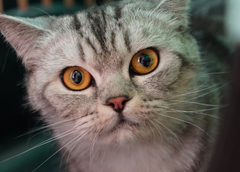
SYNDROME OF TIRED TANKLES IN CATS
Tired antennae of a cat or What do you know about fatigue?

Side effects of antiparasitic drugs
The need for tick and flea treatments for pets is a well-known fact.
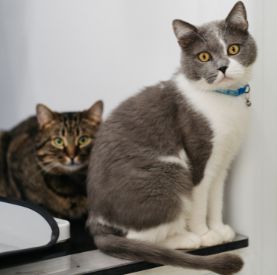
How you can help calm cats and reduce stress today
the head of the felinology department, tells us.
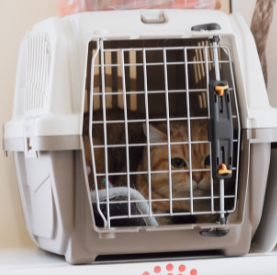
Rules for traveling with pets.
What can we do and what is needed?

8 simple rules to protect your pets during the cold season
In recent weeks, the temperature outside has begun to rapidly drop below zero. This means that our pets are in a special risk zone.
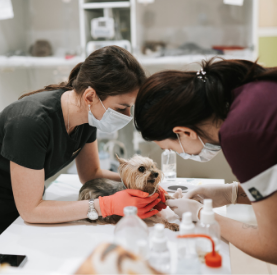
Preparation for anesthesia
What you should know about preparing your pet for surgery

